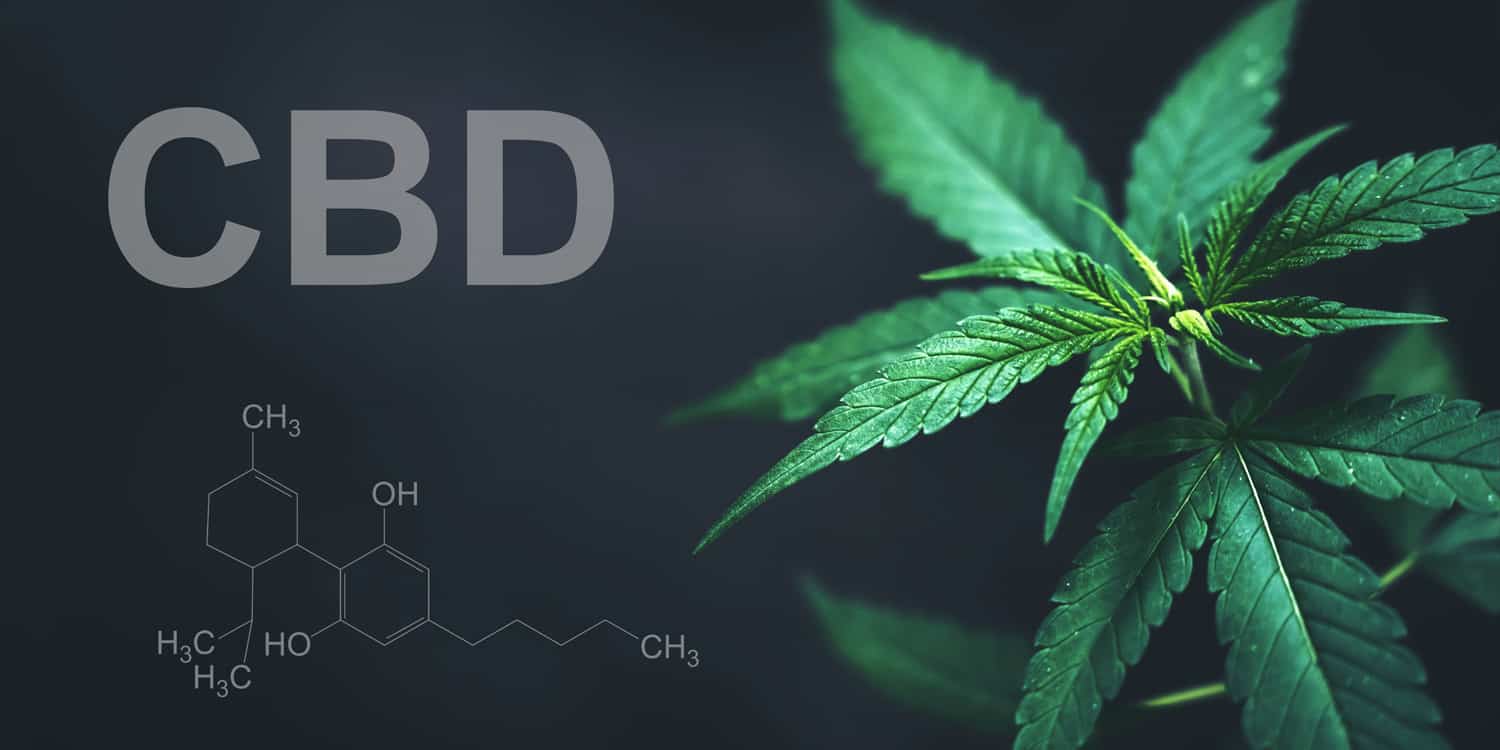As the legal and social acceptance of cannabis continues to grow, so does its use among pregnant women. Many expectant mothers turn to cannabis to alleviate pregnancy-related symptoms, believing it to be a natural and safe remedy. However, a recent study published in the journal Neurobiology of Disease suggests that prenatal exposure to cannabis, particularly its primary components Δ9-tetrahydrocannabinol (THC) and cannabidiol (CBD), can have significant long-term effects on brain development and behavior in rodents.
The study found that prenatal exposure to THC, CBD, or a combination of both can lead to reduced birth size, behavioral changes during adolescence, and disrupted neuronal activity in key brain regions. These findings provide insights into how cannabis constituents impact fetal brain development and highlight potential risks associated with prenatal cannabis use.
Previous studies have linked prenatal cannabis exposure to low birth weight, cognitive deficits, and a higher risk of neuropsychiatric disorders. However, there is a lack of detailed understanding of the specific neuronal and molecular mechanisms underlying these effects and how different cannabis constituents might contribute to these outcomes.
“With the growing popularity and evolving legal landscape surrounding cannabis, there is a growing trend of cannabis consumption during pregnancy. Many believe that using cannabis while pregnant is safe and can help alleviate symptoms like morning sickness, pain, stress, and anxiety,” explained study author Marieka DeVuono, a postdoctoral associate from the Addiction Research Group in the Anatomy and Cell Biology department at the Schulich School of Medicine and Dentistry at Western University.
“This trend can be concerning since cannabis use can disrupt the function of the endocannabinoid system, which plays a crucial role in early brain development and could potentially lead to long-term neurodevelopmental consequences. While research has mainly focused on the psychoactive component of cannabis, THC, there is a lack of research on CBD, a non-intoxicating compound found in cannabis that is often promoted as having various health benefits and believed to mitigate against the adverse effects of THC, highlighting the need for further investigation.”
The researchers utilized a rat model to study the effects of prenatal cannabinoid exposure. Pregnant rats were administered daily doses of THC, CBD, or a combination of both from the 7th day of gestation until birth. The doses were chosen to mimic concentrations found in human fetal tissues exposed to cannabis during pregnancy.
After birth, the researchers tracked the development of the offspring, focusing on body and brain weights at different stages. In adolescence, the offspring underwent a series of behavioral tests to assess anxiety, cognition, social interaction, and sensorimotor gating. These tests included the Elevated Plus Maze, Open Field Test, Temporal Order Novel Object Recognition, and Pre-Pulse Inhibition of startle.
One of the key findings was the impact of prenatal cannabinoid exposure on birth size. Offspring exposed to THC, CBD, or THC + CBD during gestation were born with significantly lower body weights, indicative of fetal growth restriction.
However, by early adolescence, these offspring showed compensatory growth, with no significant differences in body or brain weights compared to control groups. This catch-up growth, although seemingly beneficial, may have implications for long-term health, as it has been associated with metabolic and cardiovascular issues later in life.
Behaviorally, the study found pronounced sex-specific differences in response to prenatal cannabinoid exposure. Male offspring exposed to the combination of THC and CBD displayed impulsivity-like behavior, spending more time in the open arms of the Elevated Plus Maze, which indicates reduced anxiety but increased impulsivity.
On the other hand, female offspring exposed to CBD or the combination of THC and CBD exhibited increased anxiety-like behavior, spending less time in the open arms. Additionally, both male and female offspring showed impairments in memory and social recognition, with males primarily affected by THC and females by CBD.
The researchers also found that neuronal activity was altered by prenatal exposure to these cannabinoids. In the prefrontal cortex, both male and female offspring exposed to CBD showed reduced firing frequency and bursting activity of pyramidal neurons. This reduction in neuronal activity was more pronounced in males when exposed to the combination of THC and CBD.
In the ventral hippocampus, THC-exposed males demonstrated increased neuronal activity. These changes in neuronal activity were accompanied by alterations in gene expression related to the endocannabinoid, glutamatergic, GABAergic, and dopaminergic systems, which are critical for maintaining the balance of excitatory and inhibitory signaling in the brain.
“Exposure to THC, CBD, and the combination of THC and CBD during prenatal development all resulted in long-term changes in behavior and altered brain activity in the prefrontal cortex and ventral hippocampus, which are important brain regions for emotional and cognitive development,” DeVuono told PsyPost. “In contrast to popular belief, CBD did not counteract the effects of THC and even produced its own effects on brain development. These findings suggest that prenatal cannabis has the potential to negatively impact neurodevelopment.”
Some previous research has found that CBD can counteract the effects of THC by modulating cannabinoid and serotonin receptors. The researchers were surprised to find that CBD did not mitigate THC’s effects in their study. Instead, the combination of THC and CBD led to more pronounced consequences.
“It was unexpected that CBD alone had such significant effects on the adolescent offspring in our study, and when combined with THC, it resulted in the most consequences for the offspring, despite the initial expectation that it would counteract the effects of THC,” DeVuono explained.
“Additionally, there were noticeable differences in how male and female offspring were affected by THC and CBD. Male offspring were overall more affected by prenatal cannabinoid exposure, while females appeared to be more vulnerable to CBD exposure. This difference may be related to the effects on serotonin systems, which were only observed in female offspring exposed to CBD. However, further research is still needed to fully understand the implications of these findings.”
The findings challenge the conception of cannabis as a safe option during pregnancy. Future studies could also investigate other brain regions and systems affected by prenatal cannabinoid exposure. Long-term studies following offspring into adulthood would also help determine whether these early neuropsychiatric changes persist and how they might interact with other environmental factors.
“Our future research will focus on testing various doses and ratios of THC and CBD, as we didn’t study a wide range in the current research, as well as examining the possible mechanisms for the long-term effects that were identified in this study,” DeVuono said. “In an effort to gain a more comprehensive understanding of the risks associated with cannabis during pregnancy we will continue to examine more brain regions and other effects outside of the brain like heart function, energy metabolism, and placental development. This will help us better understand the risks linked with using it.”
The study, “Prenatal tetrahydrocannabinol and cannabidiol exposure produce sex-specific pathophysiological phenotypes in the adolescent prefrontal cortex and hippocampus,” was authored by Marieka V. DeVuono, Mina G. Nashed, Mohammed H. Sarikahya, Andrea Kocsis, Kendrick Lee, Sebastian R. Vanin, Roger Hudson, Eryn P. Lonnee, Walter J. Rushlow, Daniel B. Hardy, and Steven R. Laviolette, with funding from the Canadian Institutes of Health Research and the Canada First Research Excellence Fund BrainsCAN postdoctoral fellowship.




